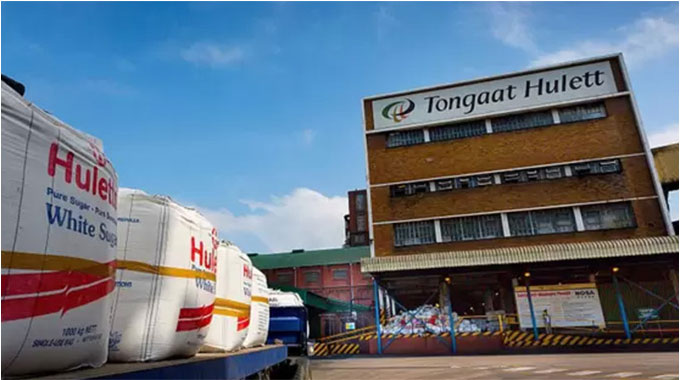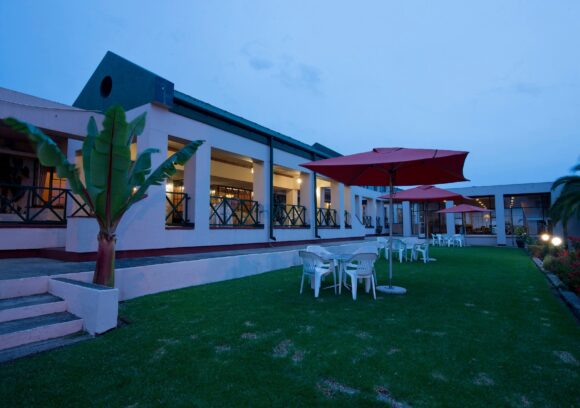SMES need tens of millions in forex to retool
The Small to Medium Enterprises (SMEs) sector is a critical component of the Zimbabwean economy as current statistics from the official ZimStats, show that nearly 44.7 percent of the employed population in the country work in the sector.
It is against this background that the SME sector requires between US$20 million and US$30 million to retool.
The sector is also appealing to Government to subsidise members’ participation at regional trade fairs.
In recent years, the Government has recognised the SMEs as the engine for economic growth on account that the country’s economy was skewed towards the informal sector.
Bulawayo Chamber of SMEs coordinator, Nketa Dlamini, said in their last assessment, indications were that the sector across the board needs upto US$30 million to retool and improve efficiency.
The SMEs sector has players in sub-sectors such as clothing and textile, leather, manufacturing, engineering, printing and Information Communication Technology (ICT), among others.
“In our last assessment which we did, most SMEs were looking at recapitalisation. For example, SMEs in the clothing and textile sector were each requiring between US$7 000 and US$10 000 to recapitalise.
“Obviously, when we have SMEs who are into printing, they need bigger machines. But I think on average if we can have between US$20 million and US$30 million, we should be in a position to recapitalise nationally,” he said.
If recapitalised, Dlamini said players in the sector would be able to improve on efficiency and productivity, which in turn creates more employment opportunities in the country as well as contribution to the fiscus.
“People need recapitalisation as far as purchasing machinery so that they become more efficient. So, whether the Government could be in a position to create a soft loan or credit line with conditions such as they can access the money and pay later on over some time.
The money should not be a grant as such but a soft loan.”
At present, the Government has established financial institutions such as Empower Bank and Women’s Bank from which entrepreneurs such as women and youth-led businesses, start-ups as well as SMEs can borrow.
The SMEs were also accessing funding from the Small and Medium Enterprises Development Cooperation (SMEDCO) and the loans were being accessed using collateral.
The issues around collateral, Dlamini said restrict entrepreneurs from borrowing as this at times, harbour stringent conditions.
“Even if one goes to banks such as Women’s Bank and Empower Bank, they require collateral but I think we might need the Government to find another method or issue another instrument to address issues of collateral.
“Most SMEs, their challenges even though their products are good is market access which is poor, so Government could maybe explore regional markets to the extent where people are subsidised to go and participate at regional fairs.
“SMEs need to sell to the export market because that creates foreign currency for the country as one exports either processed goods or clothing and textile goods,” he said.
Dlamini said Zimbabwe has got trade attachés at its embassies in different countries and these can be used to prepare either a special fair for SMEs or if there is a normal fare within a particular country, the Government subsidies for instance, 50 percent in travelling or exhibition costs.
The Government through the national trade development and promotion agency, ZimTrade, has been undertaking trade missions to explore markets for Zimbabwean products including those by the SMEs.
After the trade missions, ZimTrade disseminates the market survey findings to potential and existing exporters so that they can expand their market share and generate more foreign currency.
In May this year, the agency carried out the United Kingdom and Ghana market surveys whose results have already been presented to the businesses in various sectors. “The other interesting area which we haven’t really developed much is the livestock sector where people need to explore the DRC (Democratic Republic of Congo) or the Angolan market, if its small stock.
“In our last analysis, we realised that DRC and Angola markets love goat meat and we have few farmers that are into that area.
“We also need peri-urban land where people can also specialise in small livestock production such as goat, sheep and rabbit, among others.
“I think local authorities must have a strategy to say let’s have a peri-urban around ourselves and then we have projects in the agro-processing industry and rearing of small livestock.
Meanwhile, SMEs have said the formalisation programme that the Government has introduced was paying dividends as they have managed to tap into local and regional markets.
The Government through the Ministry of Women Affairs, Community, Small and Medium Enterprises Development, has embarked on a formalisation drive for SMEs’ operations in the informal sector.
And under the National Development Strategy 1 (NDS1) – Government’s economic blueprint guiding Zimbabwe’s development between 2021 and 20225, unlocking SMEs’ potential is one of the significant steps towards promoting inclusive economic transformation.
Speaking at a breakfast meeting organised by the Zimbabwe Institute of Strategic Thinkers in Harare last week, the Zimbabwe Economic Society vice president Misheck Ugaro, said his organisation has a proposal to come up with formalisation strategy where players in the informal sector yet to formalise their operations can be incubated.
“This (incubation) will incentivise growth of their operations, at the moment those that are not yet formalised see formalisation as a penalty as it comes with taxation,” he said.-eBusiness Weekly










